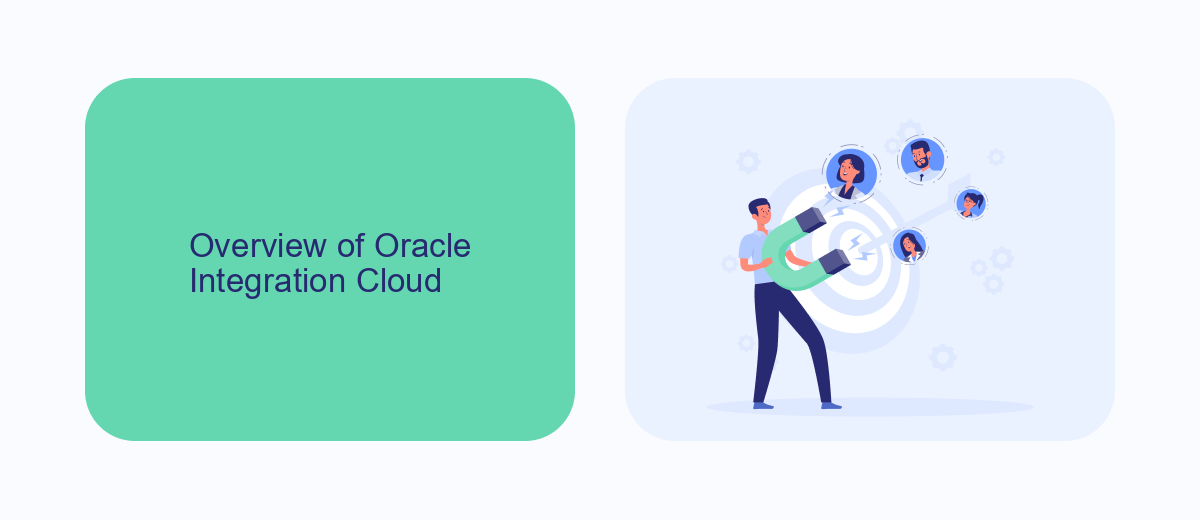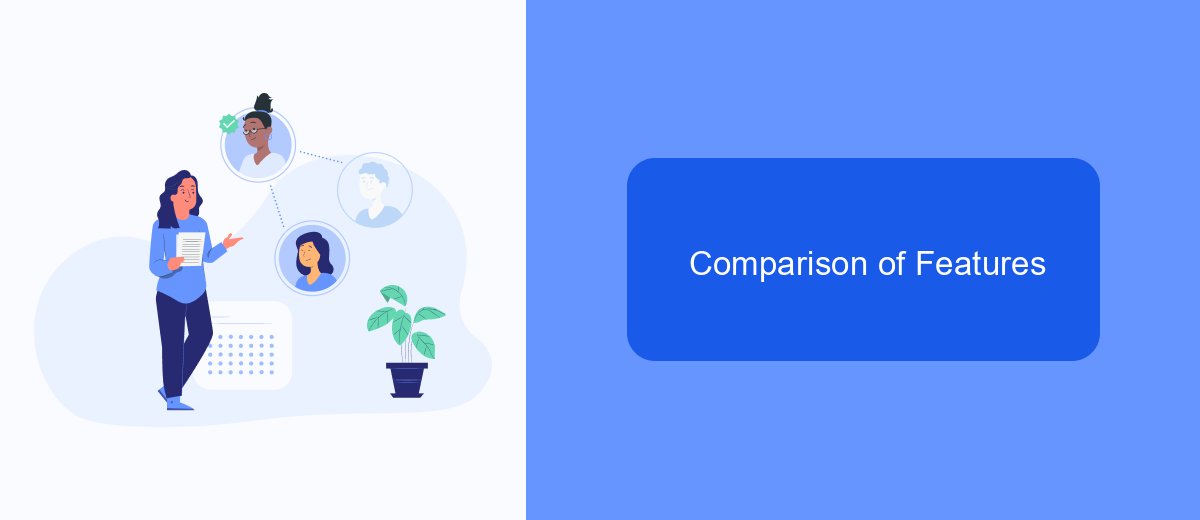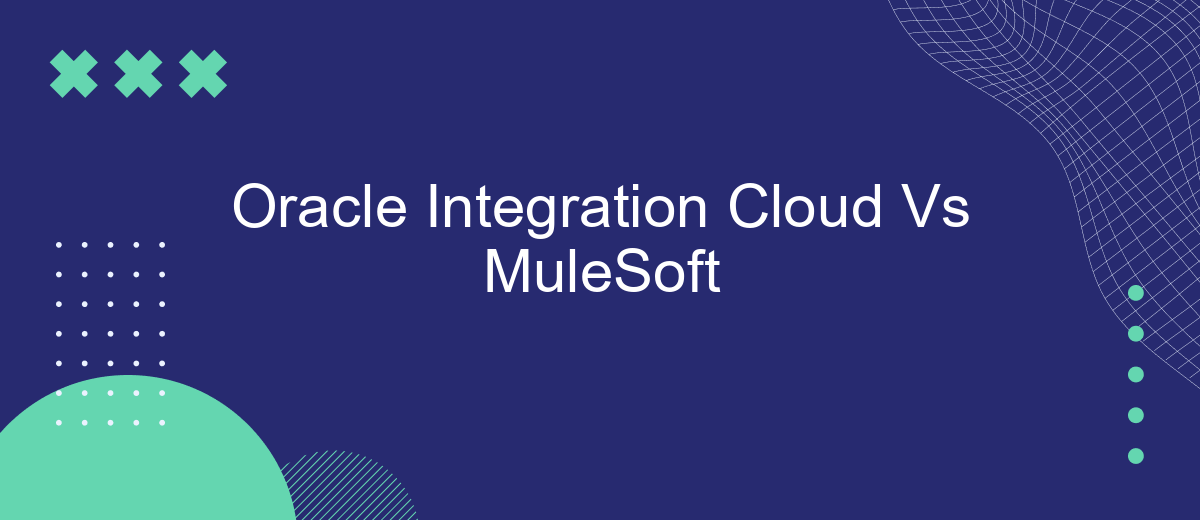When it comes to integrating diverse applications and systems, Oracle Integration Cloud and MuleSoft are two leading platforms that stand out. Both offer robust features and capabilities, but choosing the right one for your business can be challenging. This article provides a comparative analysis of Oracle Integration Cloud and MuleSoft, examining their strengths, weaknesses, and ideal use cases to help you make an informed decision.
Introduction
In today's fast-paced digital landscape, businesses are increasingly relying on integration platforms to streamline their operations and enhance connectivity between disparate systems. Two of the leading solutions in this space are Oracle Integration Cloud and MuleSoft. Both platforms offer robust capabilities to help organizations achieve seamless integration, but they come with their own sets of features and advantages.
- Oracle Integration Cloud: Known for its comprehensive suite of pre-built adapters and a user-friendly interface, it simplifies the integration process across various Oracle and third-party applications.
- MuleSoft: Renowned for its API-led connectivity approach, MuleSoft offers extensive customization options and supports a wide range of protocols and data formats.
Choosing the right integration platform is crucial for maximizing efficiency and ensuring data consistency across your enterprise systems. Additionally, services like SaveMyLeads can further enhance your integration efforts by automating lead data transfer between various marketing and CRM platforms, thus saving time and reducing manual errors. This article delves into the key features, benefits, and differences between Oracle Integration Cloud and MuleSoft, helping you make an informed decision for your business needs.
Overview of Oracle Integration Cloud

Oracle Integration Cloud (OIC) is a comprehensive, cloud-based platform designed to streamline and simplify the integration of various applications and systems within an organization. By providing a unified interface for connecting on-premises and cloud-based applications, OIC enables businesses to automate workflows, synchronize data, and enhance operational efficiency. The platform supports a wide range of integration patterns, including application-to-application (A2A), business-to-business (B2B), and business-to-consumer (B2C), making it a versatile solution for diverse integration needs.
One of the key features of Oracle Integration Cloud is its pre-built adapters and templates, which significantly reduce the time and effort required to set up integrations. These adapters facilitate seamless connectivity with popular enterprise applications such as Oracle ERP, Salesforce, and SAP. Additionally, the platform offers advanced data mapping and transformation tools, ensuring that data flows smoothly between systems. For businesses looking to further simplify their integration processes, services like SaveMyLeads can be invaluable. SaveMyLeads provides automated workflows and integrations that can be easily configured, helping organizations to quickly connect their marketing and sales tools without extensive technical expertise.
Overview of MuleSoft

MuleSoft is a comprehensive integration platform that enables businesses to connect applications, data, and devices seamlessly. It offers a wide range of tools and services that facilitate the development, deployment, and management of APIs and integrations, making it easier for organizations to streamline their operations and enhance connectivity across various systems.
- API-led Connectivity: MuleSoft promotes an API-led approach to integration, allowing developers to create reusable APIs that can be easily managed and scaled.
- Anypoint Platform: This unified platform provides a suite of tools for designing, building, and managing APIs and integrations, ensuring a consistent and efficient integration process.
- Cloud and On-Premises Integration: MuleSoft supports both cloud-based and on-premises integration, offering flexibility to meet diverse business needs.
- Extensive Connectivity: With a vast library of connectors, MuleSoft enables integration with a wide range of applications and services, including popular CRM, ERP, and social media platforms.
One notable service that complements MuleSoft's capabilities is SaveMyLeads, which automates data transfer between various applications. By leveraging SaveMyLeads, businesses can further simplify their integration processes, ensuring that data flows smoothly and efficiently across all connected systems. This enhances operational efficiency and reduces the manual effort required for data management.
Comparison of Features

When comparing Oracle Integration Cloud and MuleSoft, it's essential to consider their feature sets and how they cater to different integration needs. Both platforms offer robust solutions for connecting various applications and automating workflows, but they have distinct strengths.
Oracle Integration Cloud is known for its seamless integration with other Oracle products, making it an excellent choice for businesses heavily invested in Oracle's ecosystem. It offers pre-built adapters and templates that simplify the integration process, reducing the time and effort required to connect different systems.
- Pre-built adapters and templates
- Comprehensive monitoring and analytics
- Strong security features
- Seamless Oracle ecosystem integration
On the other hand, MuleSoft provides a more flexible and scalable integration solution that supports a wide range of applications and services. Its API-led connectivity approach allows for more granular control over integrations, which can be particularly beneficial for complex enterprise environments. Additionally, services like SaveMyLeads can complement these platforms by offering automated lead integration, further streamlining business processes.
Conclusion
In conclusion, both Oracle Integration Cloud and MuleSoft offer robust integration capabilities tailored to different organizational needs. Oracle Integration Cloud excels in providing a comprehensive suite of tools for complex enterprise environments, ensuring seamless connectivity and data flow between various Oracle and third-party applications. On the other hand, MuleSoft stands out with its API-led connectivity approach, making it a versatile choice for organizations looking to build a scalable and flexible integration framework.
Choosing between Oracle Integration Cloud and MuleSoft ultimately depends on your specific requirements, existing infrastructure, and long-term integration strategy. For businesses seeking an easy-to-use, automated integration solution, services like SaveMyLeads can also be considered. SaveMyLeads simplifies the process of connecting various applications and automating workflows without extensive coding, making it an excellent option for small to medium-sized businesses. Evaluating these factors will help you make an informed decision that aligns with your organizational goals.
FAQ
What is the primary difference between Oracle Integration Cloud and MuleSoft?
Which platform is more suitable for a company heavily invested in Oracle applications?
Can both Oracle Integration Cloud and MuleSoft handle real-time data integration?
What kind of support and resources are available for setting up integrations on these platforms?
How do the pricing models of Oracle Integration Cloud and MuleSoft compare?
Would you like your employees to receive real-time data on new Facebook leads, and automatically send a welcome email or SMS to users who have responded to your social media ad? All this and more can be implemented using the SaveMyLeads system. Connect the necessary services to your Facebook advertising account and automate data transfer and routine work. Let your employees focus on what really matters, rather than wasting time manually transferring data or sending out template emails.
